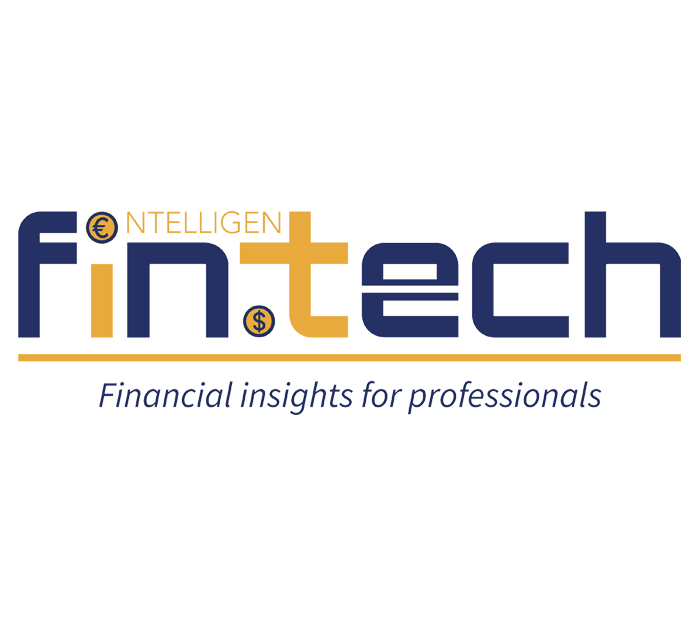We hear from Toni-Louise Gianatti, Head of PR and Content at Soter Analytics, on how the insurance game is changing through injury prevention technology.

The days of being reactive are in the past. Waiting for an incident to occur before redesigning workspaces and tasks, and eliminating hazards is a lost opportunity for improvement. On several fronts, there is an ongoing effort for all to eliminate the need for post-injury reporting and logging endless hours of lost time and costs. We have arrived at a place where many industries want the ability to reliably predict potential hazards and risks and eliminate them before they ever happen.
It is now not just employers who are increasingly working to implement solutions that protect their employees from injury, but also other leaders in the business of workplace safety. This includes leading insurance companies who are currently turning their focus to new methods of injury prevention and risk reduction to assist and support their clients. The shift that is taking place is global with insurers forming partnerships with safety technology companies to address the complexity and increasing prevalence of workers’ compensation claims; especially those resulting from musculoskeletal injuries. By working closely with safety technology companies, these insurers hope to reduce risk exposure by helping employers create safer and healthier work environments. In turn, this results in lower financial costs for both as well as lower human costs overall.
Leveraging technology for enhanced safety
Technology plays a crucial role in this proactive paradigm. By harnessing advanced safety tech solutions, insurers can gain deeper insights into their clients’ risk profiles, while employers can pre-emptively identify potential hazards. This allows for strategic solutions that not only prevent injuries but also foster a culture of safety within the workplace.
Solutions such as Smart wearable devices and AI-driven predictive analytics provide real-time feedback to workers, facilitating long-term behavioural changes to reduce the risk of injury. AI vision processing technology allows for instant risk assessments, enabling employers to swiftly amend work processes to optimise safety and efficiency.
Maurice Edwards, President of Sterling Edwards Enterprises, highlighted the value of these strategic partnerships with safety technology companies: “Together we are able to minimise the cost and disruption of workplace injuries while eliminating digital silos and any added burdens on key stakeholders and internal teams.”
The multipronged benefits of safety technology
The benefits of incorporating safety technology are manifold. First, it aids in attracting and retaining quality workers, as people are less likely to apply for jobs with high injury risks or continue in a workplace where their colleagues face regular risk of harm.
Furthermore, reducing workplace injuries boosts overall productivity levels since workers are no longer sidelined by injury. This not only maximises output but also has a direct positive impact on insurance premiums. Unlike traditional methods of injury prevention, safety technology guarantees a rapid return on investment.
The data from these technological interventions assists insurers in building a comprehensive risk management archive, simplifying the calculation of commercial risk costs. This precision allows insurers to price their premiums more accurately, and proactive employers can earn reductions in their premiums by demonstrating their commitment to mitigating risk.
Harnessing wearable technology and AI for ergonomic risk assessment
Wearable technology and AI play a vital role in enhancing workplace safety. Advanced wearable devices equipped with Smart Sensors can measure an employee’s posture, lifting techniques and even monitor worksite environmental conditions. The real-time data provided by these devices allows for immediate action in potentially hazardous situations, mitigating risks and augmenting safety measures.
AI, when paired with wearable technology, can analyse the primary causes of musculoskeletal disorders (MSDs) such as posture, force, frequency and duration, which are essential components of ergonomic risk assessment. Real-time feedback from wearable sensors guides interventions and training programmes to reduce ergonomic risk and prevent MSDs, safeguarding worker health and productivity. Additionally, wearable technology can also ease an injured worker’s return to work by supplementing their physical capabilities, making this a promising field to explore further.
Although the implementation of wearable technology for workers’ compensation is not yet widespread, it’s clear that its potential value in preventing worker injuries and aiding in their return to work is beginning to gain recognition.
The integration of advanced safety technology, AI and wearable devices presents a promising strategy for companies and insurers to proactively prevent injuries and reduce workers’ compensation claims. Not only does this approach reduce financial costs, but it also ensures the safety and wellbeing of workers, thus proving beneficial for all parties involved. This strategic shift marks a new era in the realm of workplace safety, where prevention and early intervention lead the way, signalling a win-win-win scenario for workers, employers and insurers alike.




